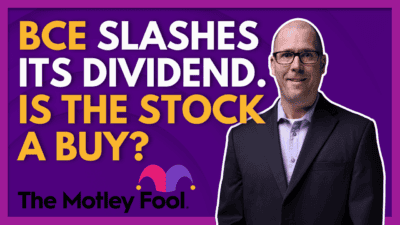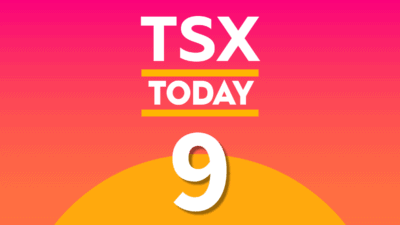After a year of huge underperformance, 2016 may finally be a good time to be a Canadian investor again. Canada’s 2015 GDP grew at a dismal 1.2%; this is compared to the U.S. economy, which grew at 2.4%, and the global economy, which grew at 3.1%. The stock market reflected this underperformance, posting total returns (capital appreciation plus dividends) of -8.3% and -11% when dividends are taken out.
Things seem to be looking better now for Canadian investors. Canadian GDP surged by 0.6% in January (which is a staggering annualized return of 7.2%), and this strength comes after two quarters of solid growth.
With a prospect of an oil recovery set to be a tailwind to Canadian growth, now is an excellent time to consider increasing Canadian exposure. A low-risk way to gain this exposure is by purchasing names with large and mostly unwarranted discounts to their peer group. These companies will benefit from an improving Canadian economy as well as the shrinking valuation discount.
There are two names that stand out in this regard. If they are at a multiple close to their peer group, an equal-weighted portfolio funded by 2016’s $5,500 of TFSA contribution room could trade at over $10,000 by year end.
1. Baytex Energy Corp.
Baytex Energy Corp. (TSX:BTE)(NYSE:BTE) is up 159% from its low set in January 2016, and this growth was driven by two factors (which will also drive future growth). Firstly, oil prices have recovered materially. Secondly, Baytex has been overly discounted by the market because its debt levels are about 41% higher than its peer group on a debt-to-cash flow basis.
These high debt levels are largely due to a large acquisition made by Baytex in 2014 before the oil price crash. From an assets and operational perspective, Baytex is a high-quality name. Most of its production comes from the highly economic Eagle Ford play, which has breakeven prices of US$32 per barrel, including a 10% return. Baytex also has plenty of upside as prices improve due to its heavy oil operations.
If oil prices were to average US$40 for 2016 (which some consider to be a conservative estimate), Baytex would expect to earn cash flow from operations of about $1.18 per share (according to its sensitivity analysis). This works out to 4.27 times 2016 cash flow, which is a major discount to the peer group average of 9.7 times cash flow.
If Baytex just trades up to seven times cash flow, it would be worth $8.96 per share—a 77% upside from current prices. This would lead a $2,750 TFSA contribution (half the $5,500 limit) to grow to $4,867. While this is significant upside, investors should only consider investing $2,750 in Baytex if this represents a fairly small percent of the total portfolio value, because Baytex also has large downside potential should oil prices decline once again.
2. Air Canada
Air Canada (TSX:AC) is currently in the fairly early stages of a turnaround effort (an effort which has been hugely successful thus far), and the continued execution of this effort should lead to more attention from the market.
Air Canada had previously been challenged by labour difficulties, rising fuel costs, and a huge pension shortfall. Air Canada was headed to bankruptcy court, but a series of new, flexible labour agreements and success in both cost cutting and debt repayment sent shares soaring.
From 2010 to 2012, the company had a leverage ratio of 3.4, and in 2015, it was 2.5. This transformation is far from over, and Air Canada has plans to reduce its cost per available seat mile (the cost to fly one seat for one mile) by 21% excluding fuel costs by 2018.
Currently, Air Canada is trading at 2.59 times its 2016 earnings. This is a massive discount to the 5.7 times earnings its peers trade at. If Air Canada simply traded in line with its peer group, it would be worth around $19 per share—a 117% upside from current prices.
This would lead a $2,750 TFSA contribution to grow to $5,967. The end result of investing in both these names means your $5,500 contribution could be over $10,000 by year end. It is important to note, however, that weakness in oil prices, weakness in the Canadian economy, or a continued failure of the market to recognize the performance of these names could lead to these targets not being met.







